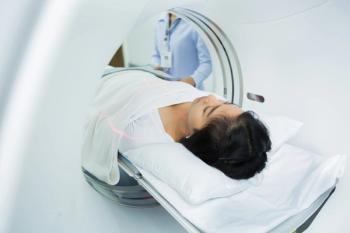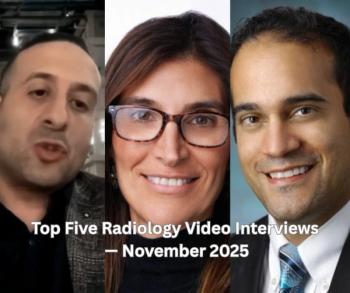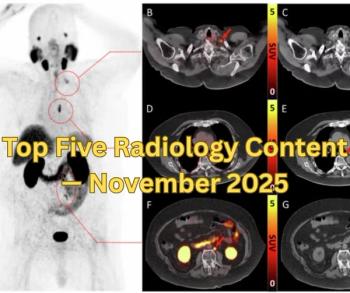
Waste not, want not: Getting the most from imaging procedures
The amount of data obtained in a single MR or CT scan is mind-boggling. At least some of the data radiologists throw away could save patients money while reducing their exposure to radiation and risk of complications from invasive procedures.
The amount of data obtained in a single MR or CT scan is mind-boggling. At least some of the data radiologists throw away could save patients money while reducing their exposure to radiation and risk of complications from invasive procedures.
“The same CT or MR scans that have been performed for other indications can be used to measure epicardial fat volume,” Dr. Paolo Raggi told me. “That is why this is such an easy piece of information to obtain.”
Easy-and possibly life-saving. Raggi, a radiologist and the director of the Emory Cardiac Imaging Center in Atlanta, has uncovered evidence that myocardial ischemia correlates more closely with epicardial adipose tissue volume than with
“This information may be used as a gatekeeper, in that it could help a cardiologist decide whether a patient should go on to have a nuclear stress test,” he said.
And that’s not all. Raggi and colleagues at Emory have discovered an association between the size of this layer of fat and the prevalence of the most dangerous type of coronary plaques,
“Release of inflammatory factors from epicardial adipose tissue may be promoting an active atherosclerotic process, and this is indicated by the presence of noncalcified plaques,” he said.
The size of this epicardial layer of fat can be gauged from cardiac CT scans as well as MR images, according to Raggi.
While they’re at it, radiologists might keep an eye out for plaques on abdominal CTs. The presence of such plaque is a strong predictor of coronary artery disease and mortality, according to a study conducted at Henry Ford Hospital in Detroit.
“Our study clearly demonstrates that higher scores of abdominal aortic calcium are associated with higher rates of coronary artery disease and mortality,” said Dr. Mouaz Al-Mallah, director of Cardiac Imaging Research at Henry Ford.
Patients are at nearly 60% greater risk of having
That this readily available information should be considered in assessing patients takes on added significance in the context of a Duke University study showing that
“We’re spending a lot of energy and money to evaluate
More than 10 million people in the U.S. experience chest pain each year. Many undergo cardiac cath to determine if blocked arteries are the culprit. This expensive test exposes the patient to substantial radiation and carries a significant risk of complications.
Patel says the entire decision-making process of caring for patients with chest pain needs to be reevaluated. Physicians need to look at everything from how patients’ histories are taken to how risk factors are assessed and the role of diagnostic testing.
A good start would be to look at how to make the best use of information already in hand. If this kind of data conservation can be proven of value in cardiac assessments, its use in other conditions will surely follow.
Newsletter
Stay at the forefront of radiology with the Diagnostic Imaging newsletter, delivering the latest news, clinical insights, and imaging advancements for today’s radiologists.



























